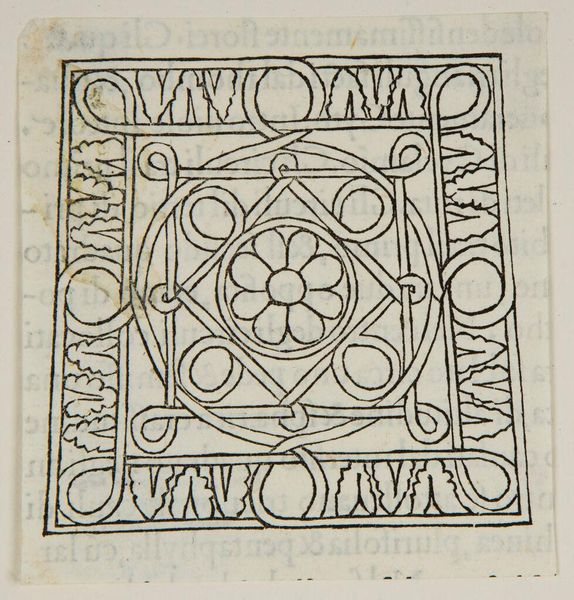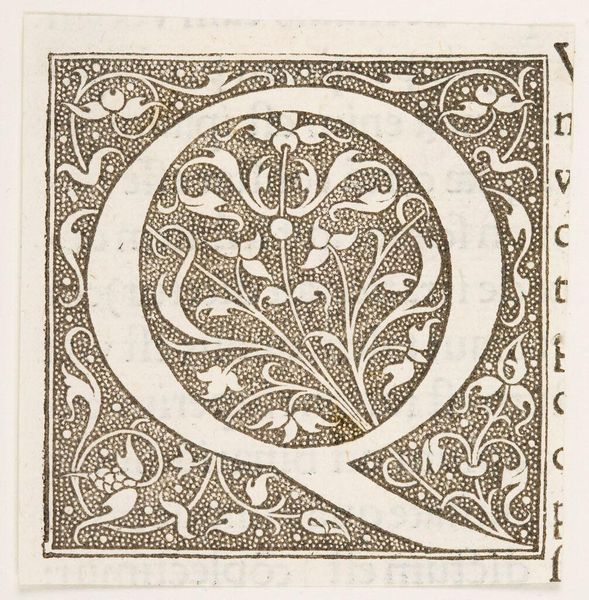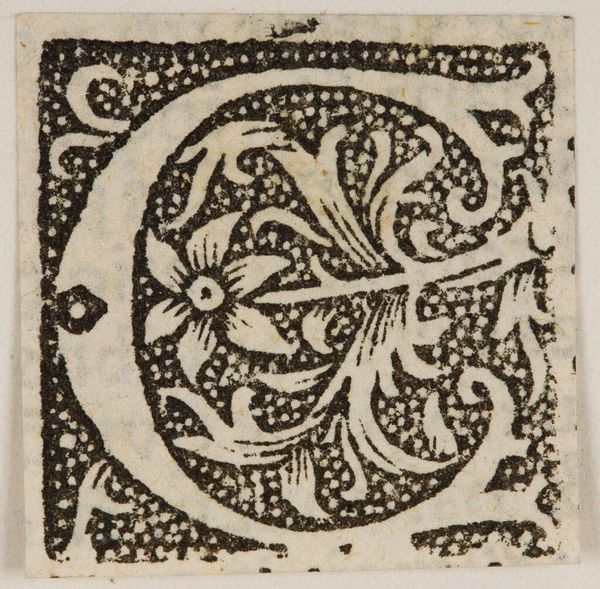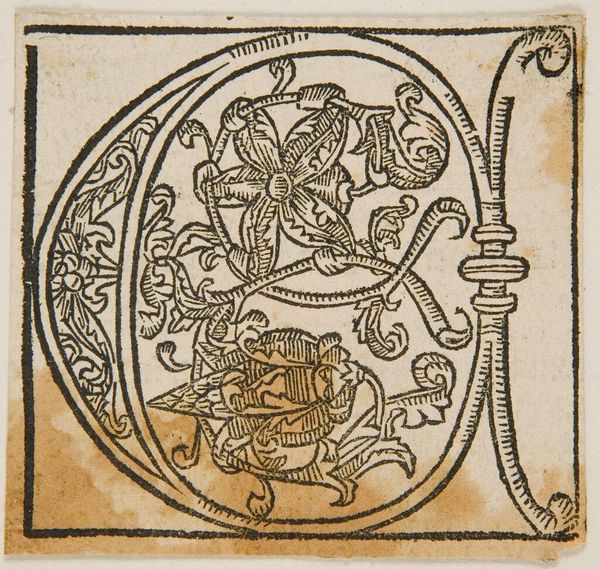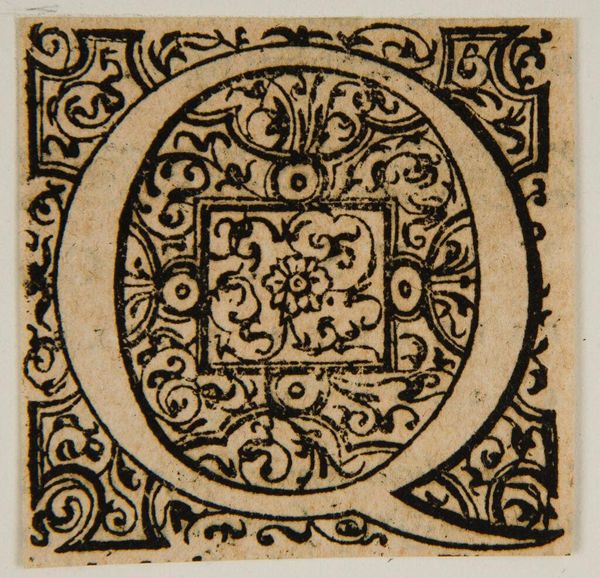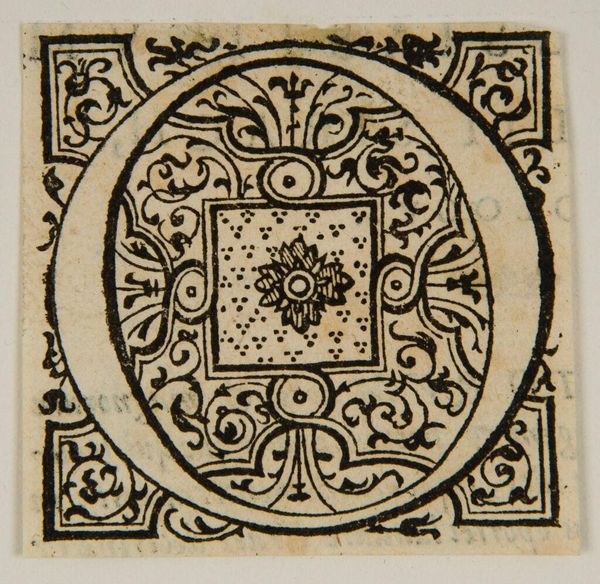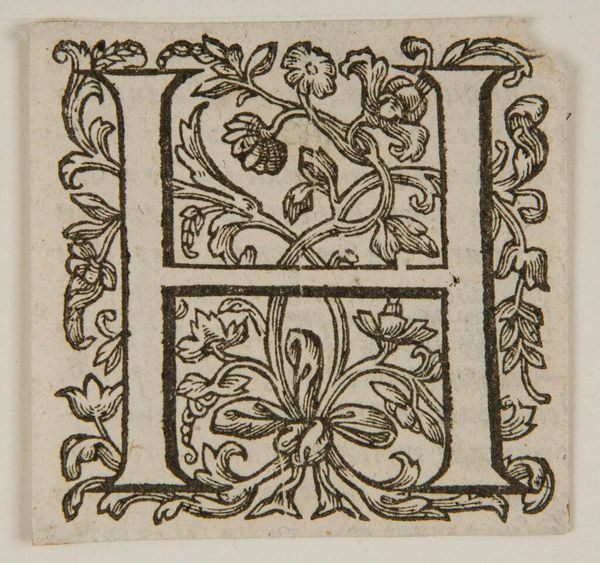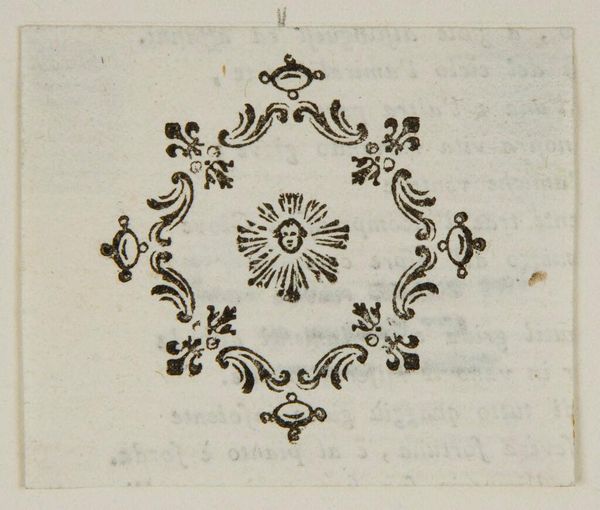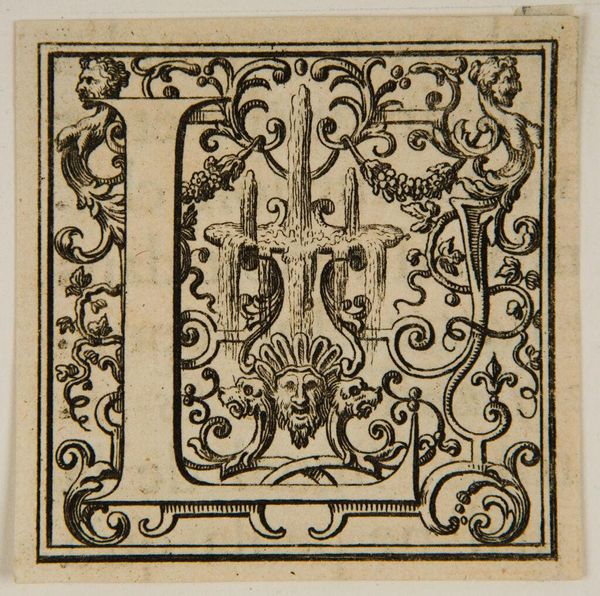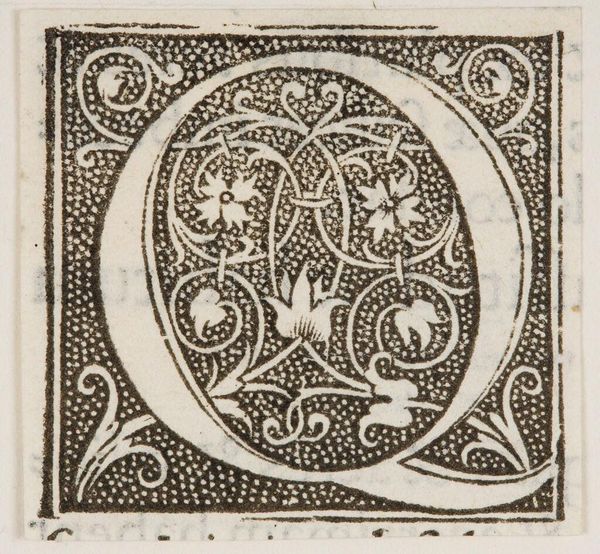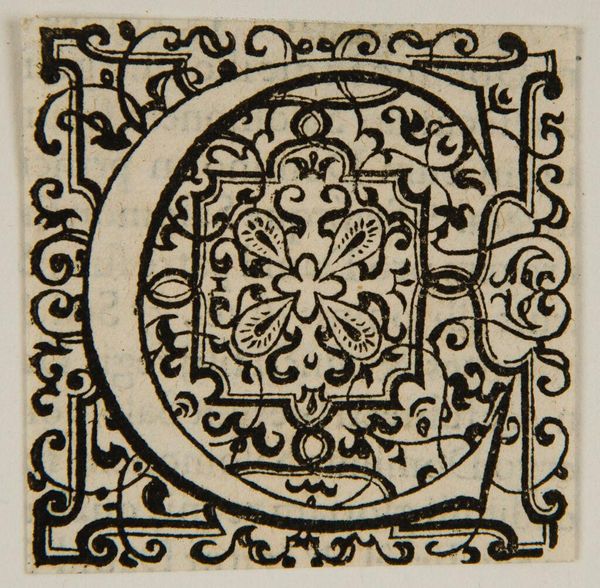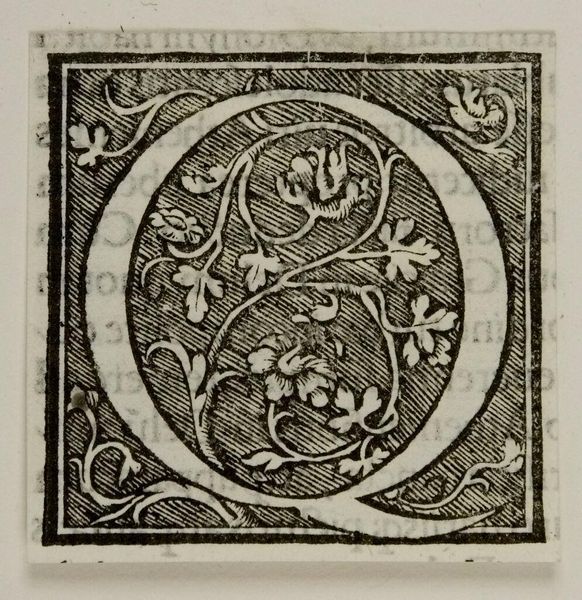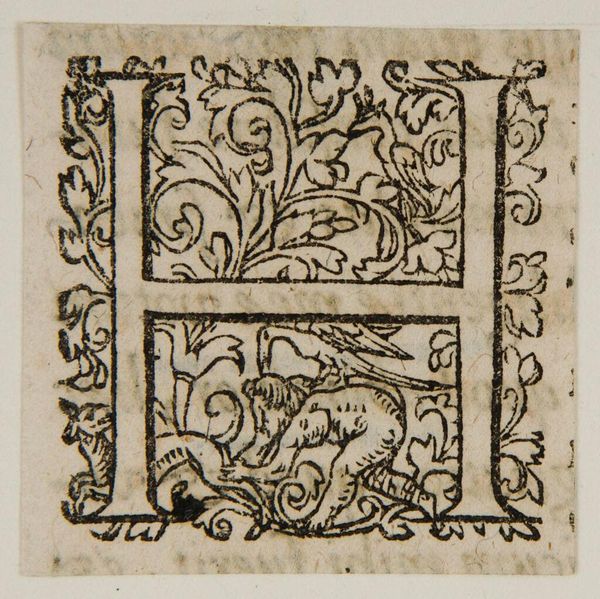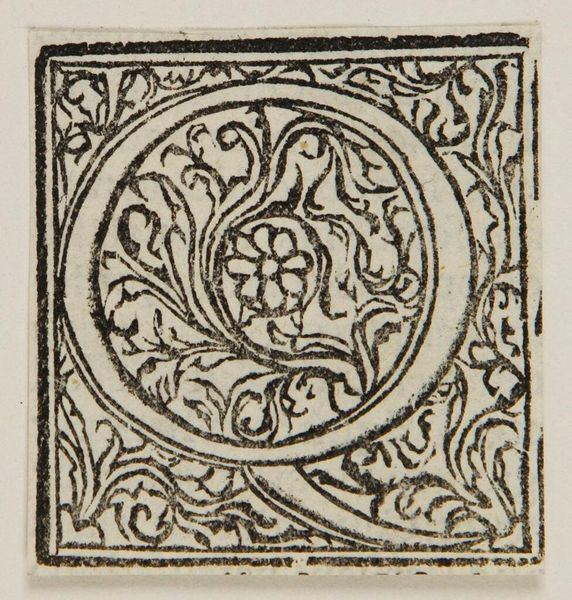
drawing, textile, paper, watercolor
#
drawing
#
water colours
#
textile
#
paper
#
watercolor
#
folk-art
#
pattern repetition
#
decorative-art
#
watercolor
Dimensions: overall: 35.6 x 28 cm (14 x 11 in.) Original IAD Object: 103 1/2"square approx.
Copyright: National Gallery of Art: CC0 1.0
Editor: So, we’re looking at “Quilt (Bed Covering)” from around 1936 by Francis Law Durand. It’s a watercolor drawing on paper depicting what looks like a quilt pattern. I’m struck by the meticulous repetition, it gives me a kind of dizzying feeling. What can you tell me about this piece? Curator: Well, let’s start with the obvious: it’s a representation, not the actual quilt. Durand, primarily a painter, captures a folk-art quilt motif using watercolor, which raises questions about artistic hierarchies. Do we consider this fine art, craft documentation, or something in between? Thinking materialistically, what shifts when a functional object becomes a representational image? Editor: That’s interesting. I hadn't thought about that division between "fine art" and "craft." Is it suggesting something about the status of quilting, perhaps as a ‘lesser’ art form? Curator: Precisely. Consider the labour involved in creating an actual quilt versus this watercolor. One provides warmth and comfort, the other aesthetic pleasure. Yet, both rely on skill and a visual language. How does the context of the Great Depression, when it was made, impact the way we interpret the use, and perhaps the implicit critique, of typically feminine domestic labour? Editor: The drawing renders quilt-making into something more 'high art'. So by changing the medium, is it transforming the inherent meaning of a quilt? Curator: It definitely opens up that line of questioning. Think of it also from a production perspective - it takes the craft process into an aesthetic, and singular experience, where the original bed covering relies on utility and shared purposes. Editor: Right. This has really challenged my thinking about materials and labor in art. Thanks for this insight. Curator: My pleasure. Thinking about artistic expression as tied to the processes and historical implications always enriches the way one can interpret a work.
Comments
No comments
Be the first to comment and join the conversation on the ultimate creative platform.
